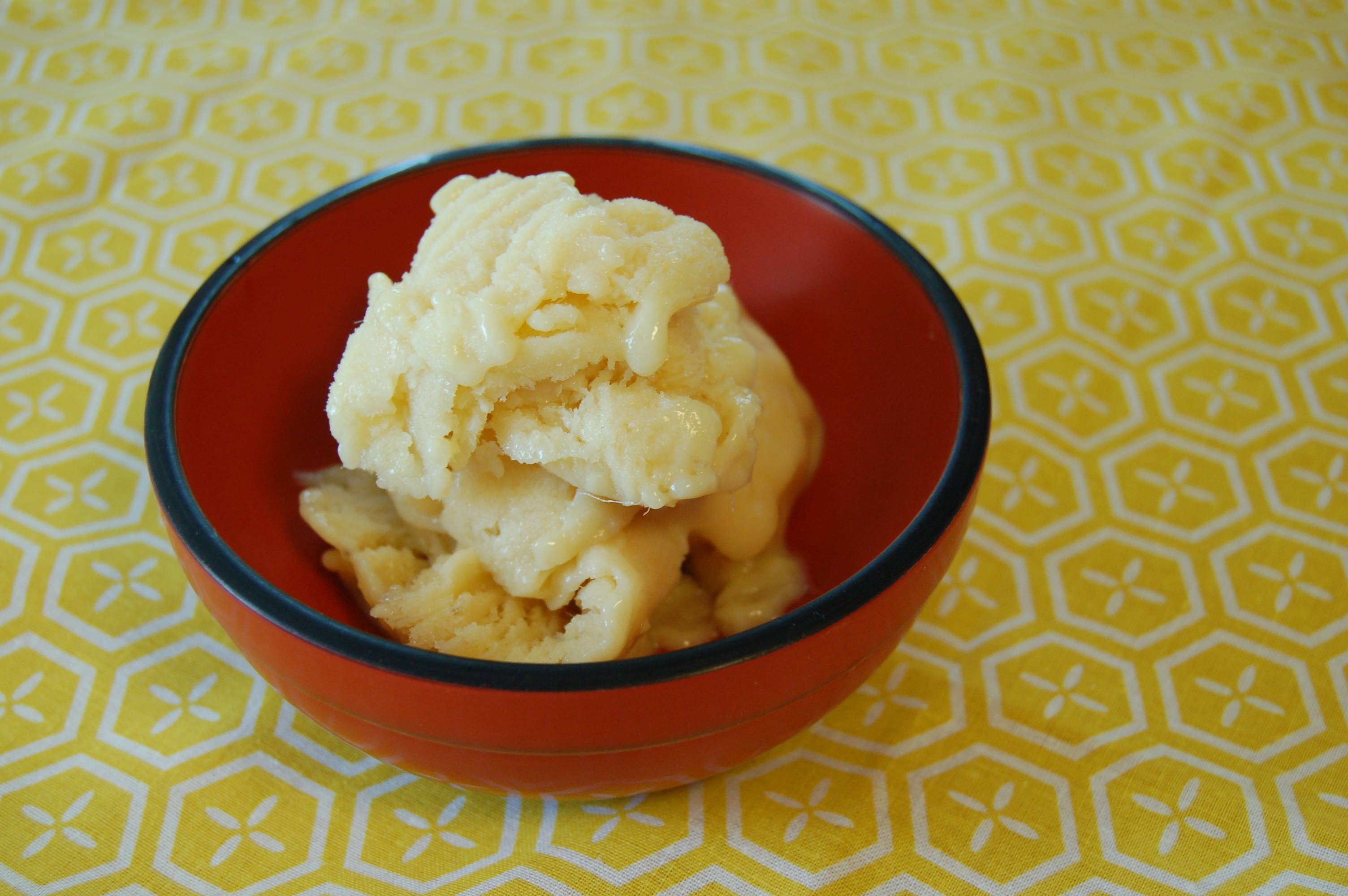For thousands of years, amazake has been a favorite of drinkers in Japan — both alcohol aficionados and abstainers alike.
In the wintertime, this naturally sweet beverage was drunk to ward off chills on frigid nights. In the summertime, it was sipped for a boost in stamina to counter the effects of natsubate (heat exhaustion). Indeed, amazake personifies summer: In the succinct poetic language of haiku, amazake is used as a kigo (a word or phrase that becomes shorthand for conveying the essence of a particular season) for summer.
During the Edo Period (1603-1868), amazake was called hitoyozake (literally “one-night sake”) because it could be made overnight. Modern recipes don’t differ much — today, amazake is commonly made by combining warm, cooked rice with kome kōji (the same healthy mold, known as Aspergillus oryzae, used to make a variety of fermented items such as soy sauce and miso). The mixture then sits for about eight hours, during which the microorganisms in kōji break down the rice starches and convert them to sugar.



















With your current subscription plan you can comment on stories. However, before writing your first comment, please create a display name in the Profile section of your subscriber account page.